 |
XDD-938 Expendable Digital Radiosonde
The Model XDD-938 Expendable Digital Radiosonde conducts precise upper air observations using Global Positioning system (GPS) wind finding technology. It is the first system capable of both radiosonde and dropsonde sounding modes, providing vertical profiles of 3D pressure, temperature, humidity and winds. It can either be released manually or used in the Model ARL-9000 launcher, which includes an integrated METHUB ground station. When supplied with its available 4Hz GPS and IR sea surface temperature sensor options, the XDR can be used with the mobile METHUB for UAV or research aircraft profiling of hurricanes. Links: |
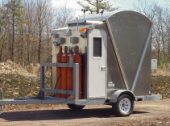 |
Automated Radiosonde Launcher The Models ARL-9000 and ARL-9100 Automated Radiosonde Launchers (ARL) are low-cost systems that permit unattended upper air observations.They are robust and fault-tolerant systems that automate radiosonde observations. They are compatible with a variety of commercial radiosondes. The ARL is ideal for remote locations, manpower limited operations, and mobile requirements. The ARL takes a manually intensive task and reduces it to a periodic maintenance routine. Because the ARL automates every step in the launch process it frees personnel to perform more important value-added tasks, and virtually eliminates human errors. At remote sites, it reduces exposure of personnel to hazardous and/or undesirable environmental conditions. Links: |
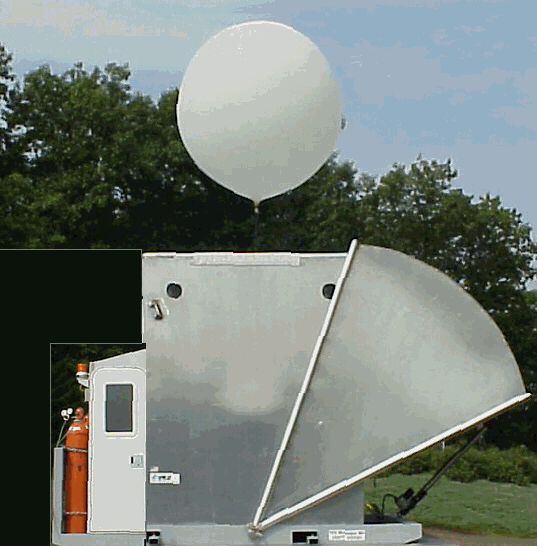 |
BILS-9400 Balloon Inflation and Launch Shelter
The Balloon Inflation and Launch Shelter (BILS) is a low cost, semi-automatic system providing a shelter for preparation and launching of radiosondes and sounding balloons for upper air observations. BILS is compatible with a variety of commercial radiosondes and is ideal for either ground or roof mounting. Links: |
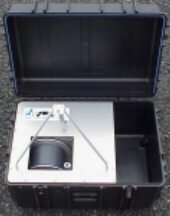 |
Portable Tetheredsonde Winch
The Model PTW-9500 Portable Tetheredsonde Winch is designed to support and control tethered balloon-borne meteorological sensors. In addition to a constant tension mode, full remote control of the powerful variable speed motor permits users to precisely control the altitude and tension of a tethered balloon radiosonde. The ATW-9500 is essentially a portable computer-controlled electronic cable winch specifically optimized for the precise control of vertically-lifted balloon payloads. As the system operates, motor current and speed is measured by the internal CPU to govern safe and proper cable payout rates. Links: |
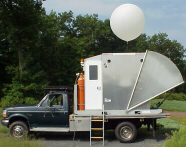 |
Meteorological Emergency Response Vehicle
The Model MERV-8000 Meteorological Emergency Response Vehicle (MERV) is a self-contained mobile meteorological system. The MERV-8000 is ideal for quick deployment in support of Homeland Defense or any other natural disaster requiring mobile real-time weather information. The MERV-8000 can be used by emergency management, military, or researchers. Unskilled personnel can setup and operate the system with minimal training. A trained meteorologist is not needed. Links: |
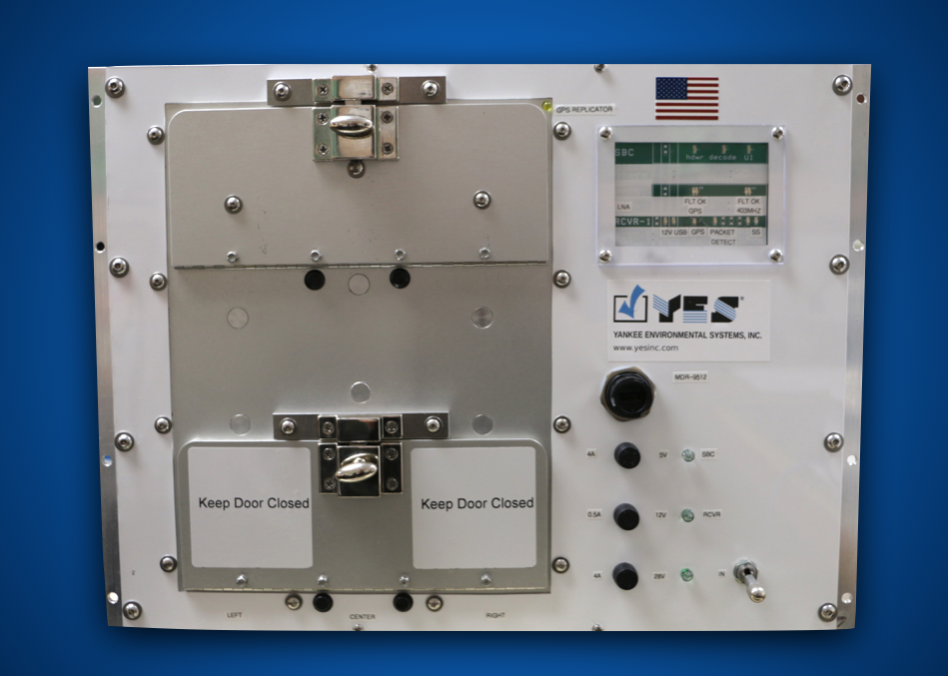 |
AIRHUB Met Data Receiver The Airborne Met Data Receiver is a digital data receiver hub for soundings from either UAV or research aircraft. Like the METHUB receiver for ground stations, the AIRHUB automatically collects data into a database and presents and distributes sounding data in real time via TCP/IP networking. Data are stored locally in the event of ground data link or satcom link failure. It supports two way communications via standard RJ45 10/100BaseT LAN or RS-232 DB-9 serial ports interfaces. Additional one-way Irridium burst-mode satellite data modem and/or UHF point-to-point PPP radio link hardware is available as options. These options feed sounding data in near real time to back end Numerical Weather Prediction and hurricane tracking applications located on the ground. Links: |
 |
High Definition Sounding System ADD-9600 HDSS-3 The High Definition Sounding System consists of dual Model ADD-9600 Automated Dropsonde Dispensers with a multichannel data receivers and several aircraft-mounted antennae. Each ADD system automatically prepares, deploys and collects data simultaneously from up to 45 in-flight devices dropped as frequently as once every ten seconds*. During free-fall, high resolution 4 Hz Pressure, Temperature, Humidity (PTU) and GPS winds are transmitted to the aircraft. At the end of the flight at splash, the XDD measures sea surface temperature via a calibrated IR SST sensor. An insulated version of the HDSS is available upon request. Links: |
To view frequently asked questions about our upper air products, click here.
